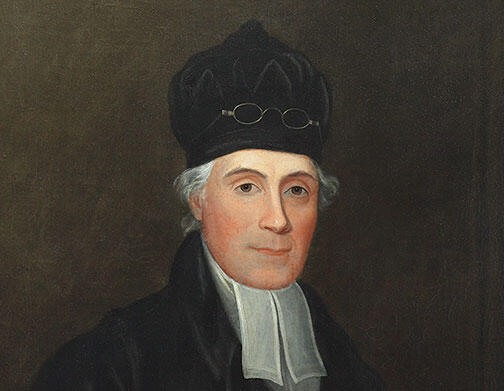The administration of Samuel Stanhope Smith 1769, our first alumnus-president, was fast crumbling in spring 1807. It was a sad outcome for the handsome intellectual whom George Washington once called the finest college president in the country.
Princeton graduates were needed to fill Presbyterian pulpits in the fast-growing South and West, yet few students seemed interested. Pious ministers on the board of trustees faulted Smith, 56, for being lax about discipline, tolerating sleigh-riding and pranks from “cracker-firing” to breaking windows. They thought America was at risk, with atheism seemingly on the march after the bloody revolution in France and the election of Thomas Jefferson to the White House.
Already Smith had aroused the trustees’ wrath by building a scientific curriculum. Now he buried himself in his study, revising his anthropological classic, An Essay on the Causes of the Variety of Complexion and Figure in the Human Species.
Smith burned to tell an important story: Contrary to recent heretical theories, blacks and whites were one species, created at one time by God, as Genesis tells. Blackness is caused — temporarily, he said — by climate and suffering. Inside we are basically alike.
Smith wrote that African Americans in pleasant Princeton town (where “the hardships of slavery are scarcely felt”) appeared more Caucasian with each passing generation. And a Native American student educated at the college had almost lost his high cheekbones by the time he left, thanks to residing “in the midst of civilized society.”
As Smith was theorizing in his study, the Riot of 1807 exploded at the start of April. A minor disciplinary infraction led to the barricading of Nassau Hall by students waving banisters broken from the staircases. Horrified trustees put in motion a plan to establish Princeton Theological Seminary, “uncontaminated by the college,” and the hapless Smith soon was forced out.
Two centuries later, the Center for African American Studies moved into Stanhope Hall, the building near Nassau Hall that honors Samuel Stanhope Smith, our once-famous scientist-president.













No responses yet